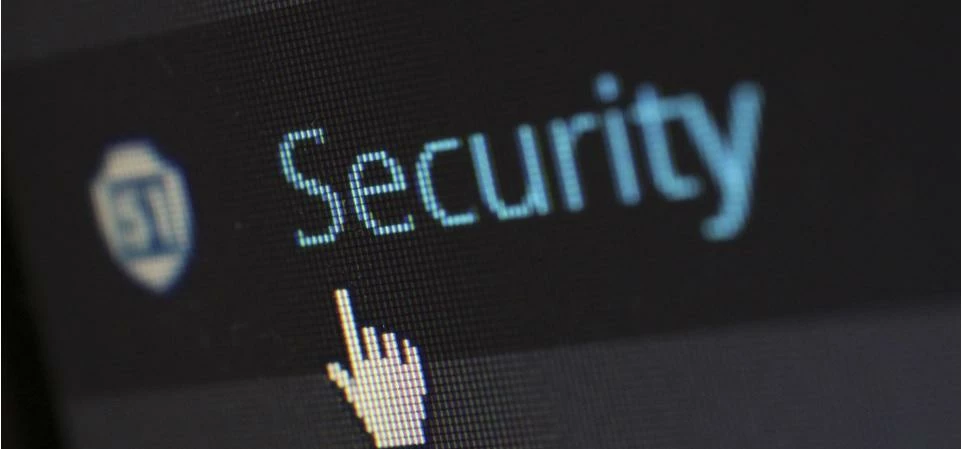
Partner Article
5 Ways to Protect your Website from the Latest Security Threats
Whether you keep a personal blog for friends and family, run an ecommerce business, or operate a company platform, it’s important to stay abreast of the latest security threats. This means looking forward to the current trends and issues to be aware of. Cyber criminals in 2016 are increasingly looking at impacting a system’s integrity or messing with data, rather than simply stealing it. Financial hacking is also on the rise, in which a hacker might take control of your system and prevent you from accessing it until you’ve paid a ransom. As a result, you’ll need to keep your website security water-tight to avoid getting hacked.
1. Keep everything updated
To prevent these types of attacks, you’ll need to first make sure that you keep your systems updated. This includes all software, whether you built your own website from scratch or you use a third party platform like WordPress. Hackers are constantly scanning websites for any vulnerabilities, so by upgrading yours to the latest model you’ll keep your boundaries locked. CMS providers like Joomla or WordPress are constantly trying to plug holes and reduce vulnerabilities, and they will pass on these security updates to clients. The same goes for any third party plugins you might use.
2. Install a firewall
In addition to staying on top of software and plugin updates, you should also install a web application firewall for your site. This could be either hardware or software, but it provides a layer of protection between the server and the data connection. Many of these are now cloud-based, so you can scale them up or down as needed.
3. Find ways to tighten network security
What about the network that you use? Make sure that it’s watertight by upgrading with the latest security. If you’re comparing hosting services, ensure that you’re following all the protocol that they recommend, including changing passwords regularly and scanning your devices for malware. Telco security from Nokia Networks or other providers works better if you train anyone who’s using the network to stay alert.
4. Obscure your admin directories
Hackers often go straight to the admin directories in order to plumb your site for data. They can do this using scanning scripts which search for obvious names like “admin,” so it’s in your best interest to hide these whenever possible. Rename your admin folders to something that won’t get picked up, creating your own code words if necessary. It’s basic, but it can go a long way towards protecting your site and your financial information. You can also limit the number of attempted logins.
5. Stay on top of the latest threats
Finally, stay aware of what’s happening in the world of cyber security. You may not be a web developer, but that doesn’t mean that you can’t sign up for Google Alerts about the latest security threats. Read newsletters from your CMS carefully, and agree to any security updates whenever possible as mentioned above. By learning more about what’s out there, you’ll be best able to protect your valuable website.
This was posted in Bdaily's Members' News section by Ashley Mills .








 A year of resilience, growth and collaboration
A year of resilience, growth and collaboration
 Apprenticeships: Lower standards risk safety
Apprenticeships: Lower standards risk safety
 Keeping it reel: Creating video in an authenticity era
Keeping it reel: Creating video in an authenticity era
 Budget: Creating a more vibrant market economy
Budget: Creating a more vibrant market economy
 Celebrating excellence and community support
Celebrating excellence and community support
 The value of nurturing homegrown innovation
The value of nurturing homegrown innovation
 A dynamic, fair and innovative economy
A dynamic, fair and innovative economy
 Navigating the property investment market
Navigating the property investment market
 Have stock markets peaked? Tune out the noise
Have stock markets peaked? Tune out the noise
 Will the Employment Rights Bill cost too much?
Will the Employment Rights Bill cost too much?
 A game-changing move for digital-first innovators
A game-changing move for digital-first innovators
 Confidence the missing ingredient for growth
Confidence the missing ingredient for growth